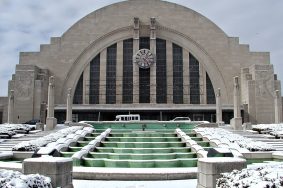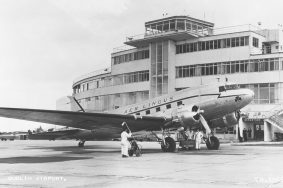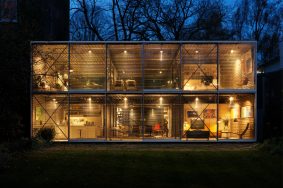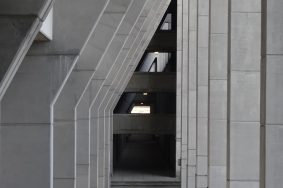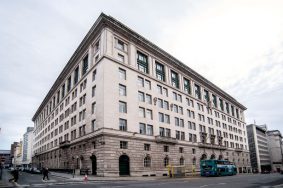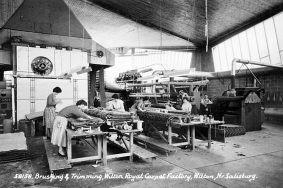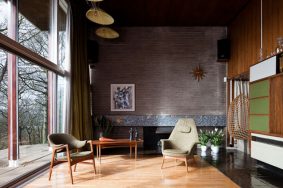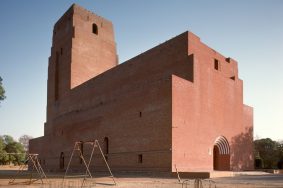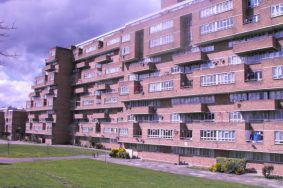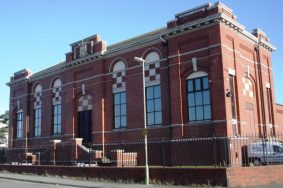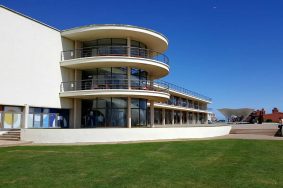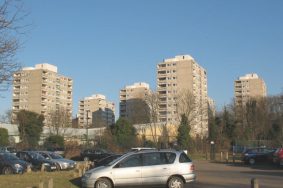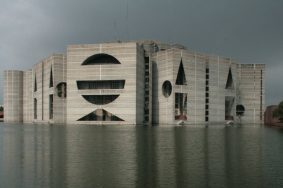I first heard about the C20 Society in about 1995, I think it was a result of a flyer I picked up at a vintage fair and after that I started attending regular events, the first being Richard Gray’s ‘Six Pillars and other monuments’, around Dulwich.
My reason for continuing to support the C20 society is quite simple, it’s because of the important work it does as the only statutory body established to save and celebrate post-1914 architecture.
Growing up in Northumberland the first memory I have of visiting a C20 building is Ryder and Yates’ Mamourian House (though I didn’t know this at the time), it was owned by the then chairman of the local antiquarian society which my mother was involved with; the building was an absolute revelation to me, I had never seen the likes of before!
Of the houses I have lived in Don Stevens’ Pinewood is my favourite, I think of it as a fine example of mid-century modernism with acres of exposed brick, pine cladding and glass, in a rural setting (the house featured in the ‘Members Homes’ autumn 2006 C20 newsletter).
Though I didn’t actually go to school or work in an interesting C20 building, I did do my degree at Newcastle Polytechnic from where I spent many hours looking out at and admiring the Newcastle Civic Centre across from there, a masterpiece of Scandinavian inspired architecture.
On the subject of my favourite C20 building, I love the work of Aldington and Craig and their trio of houses at Turn End are, to me, the perfect example of quiet, accomplished, beautifully detailed and yet modest modernism becoming part of the landscape. To me the title of Jane Brown’s book about it ‘A garden and three houses’ says it all.
Travel wise, the furthest I’ve ever been to see a C20 building is the ‘States I suppose. On my first trips to California in the early 80s we would take what we called the ‘Red Book’, which details all the work and locations of the Frank Lloyd Wright buildings. We toured the State and would rock up at a house saying loudly in our best plummy English accent how much we loved it, which gave us access to many private houses not open to the public!
I have collected quite a lot C20 stuff, furniture, crockery and cars! My first job was working for GPlan and I have many of their pieces including our dining table – this is a prototype of a range they decided not to put into production – they were going to destroy it, but I managed to acquire it instead.
If, given the chance, the architect I’d most like to take me on a one-on-one tour of one of their own buildings, that would be Richard Neutra, it would mean raising him from the dead but, I’d love him to show me round the Kaufman House in Palm Springs.
And finally, if you could ensure one UK building is preserved forever, which one would it be? Gosh, an impossible question, there are so many candidates… If it has to be one and with my particular interest in houses, then more special to me, with its clever layout interlinked spaces and wonderfully preserved 1950s interior, is Farnley Hey by Peter Wormesley, in Yorkshire.
